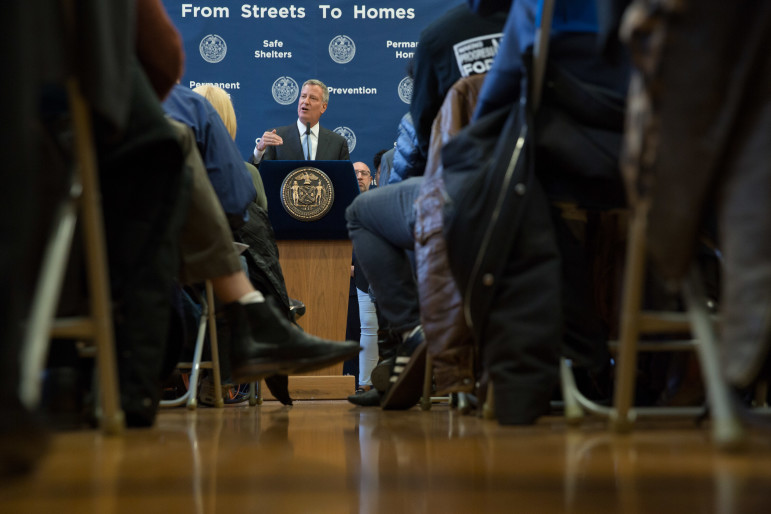
Michael Appleton/Mayoral Photography Office
Mayor de Blasio announces his plan to restructure homeless services at a press conference in the Bronx on Monday, April 11.
Homeless advocacy groups have generally praised the policy recommendations Mayor de Blasio announced Monday after his administration’s 90-day review of existing programs. But they do have a few suggestions of how the plan could be even better.
Advocates were very pleased with the inclusiveness of the review, which included interviews with 400 advocates, city staff members, and homeless policy experts. Tony Hannigan, executive director of the Center for Urban Community Service called the plan “the most sweeping set of changes and new initiatives that I have seen in twenty-five years of working with the city’s homeless services and shelter system.” Arnold Cohen, president and CEO of Partnership for the Homeless and a longtime advocate for system overhaul, lauded the integration of HRA and DHS, declaring “we can now begin to design a seamless model where city agencies and community-based organizations are sharing data and working with common metrics for success.”
In some ways, the city’s plan meets or even exceeds advocates’ demands. The Coalition for the Homeless’s State of Homelessness 2016 report, coincidentally also released on Monday, calls for 200 new emergency shelter beds to bring homeless individuals off the streets; the city’s plan pledges to fund 500 beds. The Coalition wants the mayor to construct 500 units of supportive housing by the end of this year; Mayor’s plan comes close, promising 250 units by December and another 250 by the end of FY 2017.
When it comes to the city’s efforts to phase out the infamous cluster-site program, the Coalition for the Homeless is pleased with the city’s plan to phase-out 260 units by the end of this year, and all 3,000 apartments within three years, but would like to see the administration accomplish the phase-out “in a shorter time frame.”
Yet there are a few ways in which the Coalition for the Homeless and other advocacy groups say the mayor could do better—primarily, by dedicating more permanent affordable housing units to homeless families, as well as further boosting prevention measures.
“A lot of what city hall is doing to address the immediacy around homelessness is good. Steven Banks is widely seen as the best person to tackle this issue,” says Jeremy Saunders, co-executive director of VOCAL-NY. “But it is true that to get out of homelessness long term, we have to build more units and set aside more units for them.”
Here are three ongoing disagreements between advocates and the mayor.
1. Priority for NYCHA Units
Providing shelter residents with prioritized access to vacant public housing units is widely considered the most effective strategy for rehousing the homeless: Unlike forms of rental assistance which expire, families who obtain a public-housing unit secure permanently affordable housing. Advocates say Bloomberg’s elimination of the preference policy in 2005 is in part responsible for the rapid increase in the shelter census over the past decade.
On taking office, de Blasio began giving homeless families priority for 750 of the roughly 4,500 NYCHA units that become vacant each year. While many hailed the policy as a positive first step, advocacy organizations, several City Council members and Comptroller Scott Stringer called on the city to set aside no less than 2,500 units for homeless families. Last year, the city boosted the number of set-asides to 1,500 units.
At a press conference on Monday, de Blasio explained he aimed to strike a balance between “honor[ing] the fact that there are tens of thousands of people on the NYCHA waitlist trying to get apartments,” while also addressing the more dire needs of people living in shelters and survivors of domestic violence.
Yet advocates still want 2,500 units, and have criticized NYCHA’s policy of giving preference to families on the waiting list with higher incomes. While such a strategy boosts the authority’s rent revenue, homeless advocates say it should be the administration’s priority to move families permanently from shelter.
“I think that was a third rail issue initially for the mayor, and now he’s seen how effective it is to move people with that vehicle—so we’ll keep pushing,” says Mary Brosnahan, president and CEO of Coalition for the Homeless.
2. Permanent Housing in Private Developments
Advocates and the administration continue to negotiate over two other prized rehousing tools: Section 8 vouchers, which allow income-eligible tenants to pay 30 percent of their income on rent in public or private developments, and housing units with income restrictions subsidized by the Department of Housing, Preservation and Development (HPD).
Different mayoral administrations have offered homeless families varying levels of access to city-subsidized affordable housing units. Under former Mayor Edward Koch, homeless families filled 10.4 percent of city subsidized units, while only 4 percent of the units created under Bloomberg by 2012 went to homeless families, according to a report by the Homes for Every New Yorker coalition. NYCHA Chair Shola Olatoye said at a City Council meeting in March that the city had provided 1,000 Section 8 vouchers to homeless families in the calendar year 2015. In addition, 27 homeless families were placed in HPD-subsidized units in FY 2015, according to the Coalition for the Homeless.
Advocates would like to see an increased dedication of these rehousing tools to homeless families. The Coalition for the Homeless says homeless families should receive priority for a total of 2,500 Section 8 vouchers and HPD housing placements.
The mayor’s homelessness plan doesn’t mention Section 8, and says only that the city will “establish a streamlined process to connect homeless clients to HPD-financed units.” Advocates say the mayor can go farther by dedicating a portion of the 80,000 affordable units that the mayor plans to build over the next ten years to homeless families. Homes for Every New Yorker, which includes VOCAL-NY, Mutual Housing Association of NY, the Legal Aid Society and 10 other organizations says 10 percent of all new units should go to homeless families for a total of at least 8,000 units, while the Coalition for the Homeless calls for no less than 10,000 units.
On Monday, de Blasio said that the plan to build 80,000 new units is a crucial part of addressing the homeless crisis, distinct from his plan to build 15,000 units of supportive housing.
“The supportive housing goes to what we might consider the more historic or traditional challenge we’ve faced with homelessness, which is folks with mental health challenges and substance abuse challenges,” de Blasio said. The 80,000 units, on the other hand, “goes to the heart of the homelessness crisis because the homelessness crisis more and more is about economics.”
He admitted, however, that plan for 80,000 units does not include apartments “set aside specifically for folks in shelter.”
Ismene Speliotis of the Mutual Housing Association of New York said the Homes for Every New Yorker coalition is in the midst of conversations with HPD about establishing a 10 percent aside in all HPD subsidy programs, and was surprised by the mayor’s comments at the press conference.
“If we don’t have a program that’s explicitly homeless families, that’s a little worrisome,” she said.
3. The Right to Counsel
Mayor de Blasio is widely commended for expanding the provision of free legal services for tenants facing eviction and harassment. At the press conference on Monday, the mayor reiterated his plan to invest $70 million in free legal services for tenants in FY 2017—a more than ten-fold increase from 2013 funding levels.
De Blasio stopped short, however, of calling for the establishment of a “right to counsel” in housing court. Many advocates, including more than 50 member organizations and supporters in the Right to Counsel NYC Coalition, have called on the city to provide legal services for any tenant making within 200 percent of the poverty line.
While the administration has expressed concerns about the cost of such an initiative, an independent study released last week on the potential savings from such a step is adding fuel to the campaign. According to the advisory firm Stout Risius Ross, providing counsel in housing court to all tenants within 200 percent of the poverty line would cost $259 million per year, including the $60 million the city currently spends on free counsel. Such services, however, would save $519 in city expenditures by reducing costs associated with homelessness and the loss of affordable housing. In total, the policy would result in annual net savings of $320 million.
“I think it’s a game changer,” says City Councilmember Mark Levine, who last year introduced a bill for a “right to counsel” in housing court that is currently up to 41 sponsors. He believed the de Blasio administration has also taken interest in the report. “OMB and others inside the mayors team are starting to look very, very seriously at the savings and I’m very optimistic about that.”
City Hall representative Austin Finan, however, would not confirm Levine’s hopes. “Our focus remains on rezoning neighborhoods and other areas most subject to gentrification pressures, as well as unscrupulous landlords attempting to force out tenants in order to raise rents,” he said.


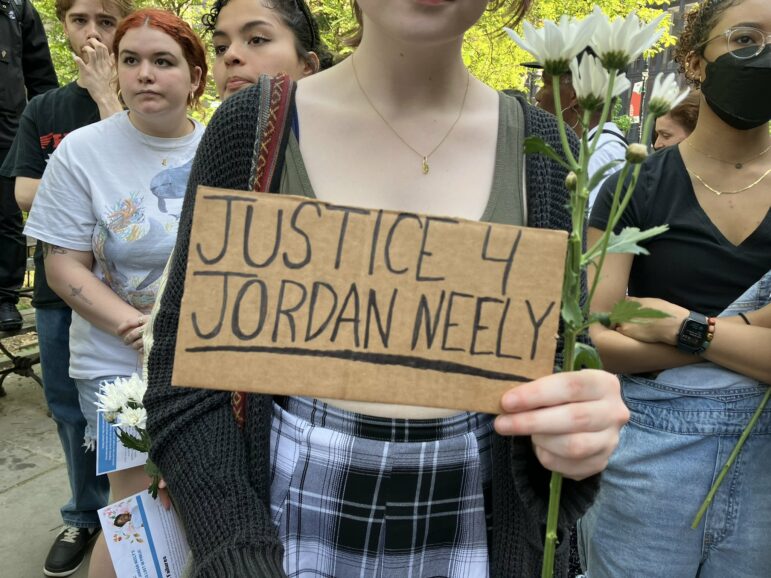
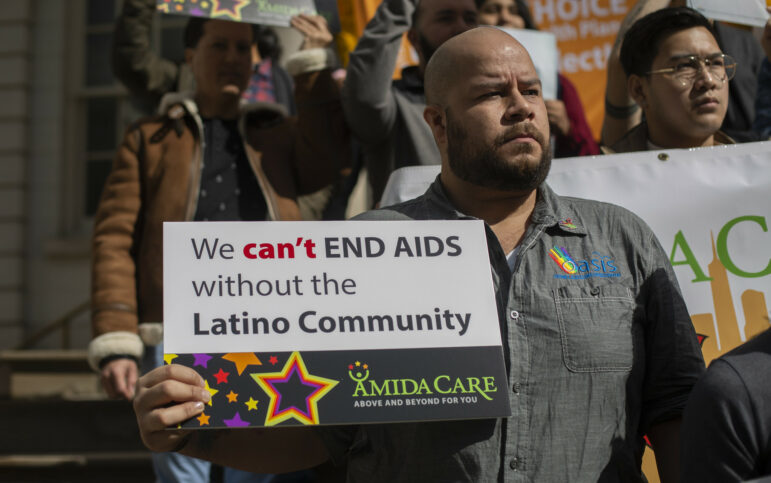
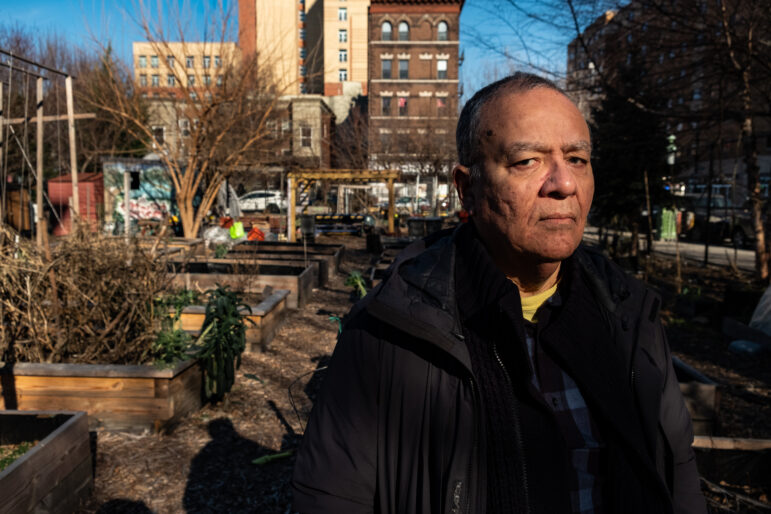
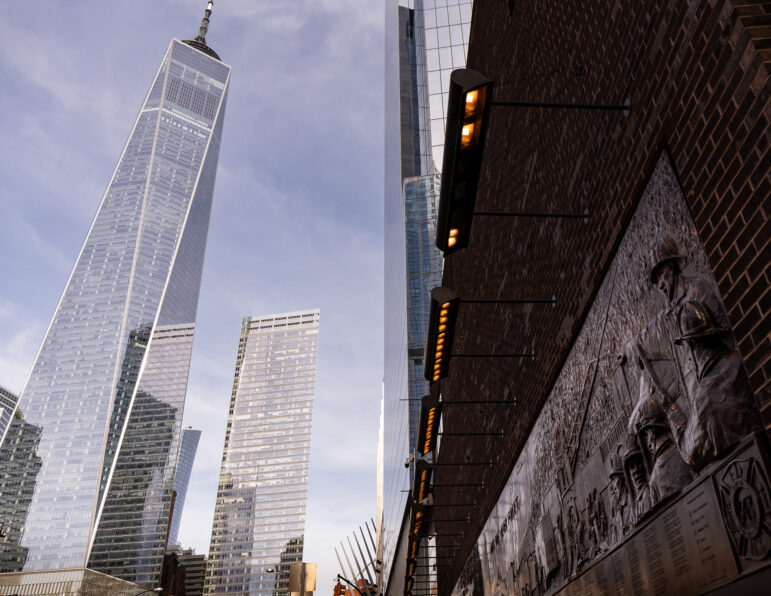



3 thoughts on “Advocates Like, and Critique, de Blasio’s Homeless Plan”
THERE ARE MILLIONS OF LOW TO MODERATE INCOME SINGLE CITIZENS OF BOTH GENDERS; YOUNG AND OLD ALIKE WHO ARE SPENDING UP TO 70 PERCENT OF THEIR INCOMES ON RENT;THERE IS REALLY NO HOUSING IS AVAILABLE FOR SINGLE CITIZENS MAKING 40,000 A YEAR AND UNDER.
How about sensible solutions like significantly reducing the massive property taxes on landowners who rent out property?
The land owners are forced to pass this on to the renters (money doesn’t grow on trees, after all)
Has anyone asked WHY people are homeless? Saying that the rent is too expensive isn’t an answer.